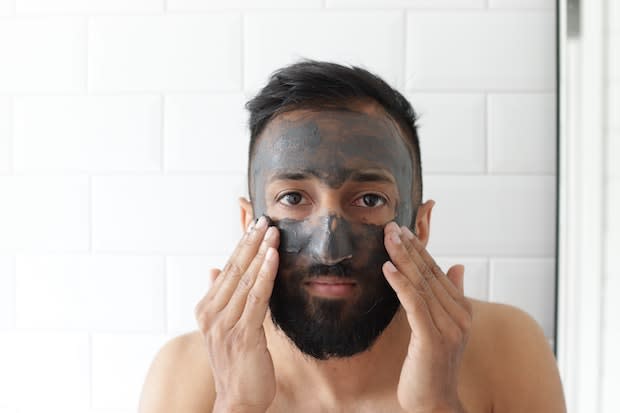Table of Contents
Functions of the Skin
The skin provides many important functions for the body. Some of the main jobs of the skin include protecting the body against external substances, regulating body temperature, and maintaining water and electrolyte balance. [1] Because the skin plays such a crucial role in upholding the body’s health, it is very important to protect it from conditions like acne, rosacea, and psoriasis.
These skin conditions are fairly common, so many medications are available. Acne is commonly treated with Retin A (Tretinoin), available as a cream, gel, or micro gel pump. Rosacea symptoms may be relieved with Oracea (doxycycline). For psoriasis, Tazorac (tazarotene) cream or Aczone (dapsone) gel may be beneficial. Understanding the factors that make some people more susceptible to these skin conditions can help with prevention. Read on to learn about the major risk factors of these skin disorders.
Acne is commonly seen in teenagers, but acne can affect anyone. This skin condition is characterized by plugged pores that cause blackheads, pimples, and whiteheads. [2] The reason acne is associated with teenagers is because puberty can increase the risk of acne. Hormonal changes during puberty can stimulate sebaceous glands to make more sebum. When these glands become overactive, oil clogs become more frequent, and acne may occur. Stress can also increase the risk of acne. People in their teens may begin experiencing stress in their lives, which may lead to further acne breakouts. [3] Puberty isn’t the only culprit of hormonal changes. Because of an increase in androgen hormones, pregnancy can cause overactive sebaceous glands as well. Most women experience acne during their first and second trimesters of pregnancy. Women who have a history of getting acne during their menstrual periods are at an increased risk for acne during pregnancy. [4] Those who have a family history of acne may be more prone to developing this skin condition. Genetics can cause acne, so if both of your parents often have acne or had acne as teenagers, you may be more at risk. Sometimes, the correlation between parents and children who have acne can be attributed to common factors that occur from living in the same household and sharing similar habits. For example, families that eat foods with a lot of sugar or oil may be more prone to acne. [2] Rosacea may look like acne, but it is not. Rosacea may cause red, pus-filled bumps and is often a chronic condition, coming back in cycles and flaring up periodically. While acne tends to affect people in their teens, rosacea is most likely to develop in those between the ages of 30 and 50. Rosacea is also more likely to affect people with lighter complexions, blond hair, and blue eyes. This may be due to the genetic link to Celtic or Scandinavian ancestors. For men, the risk for severe rosacea is higher than for women. However, women are generally more at risk for rosacea. [5] Psoriasis is a skin disorder characterized by scaly patches, often found on the elbows, knees, and scalp. Depending on the individual, symptoms of psoriasis may also include red and silvery scales, dry and bleeding skin, itching and burning sores, and swollen and stiff joints. Those who smoke tobacco are the most likely to develop severe psoriasis. [6] Studies have shown that smoking can increase the risk of this skin disease. Prenatal and childhood exposure to smoke may make developing psoriasis more likely later in life. [7] Like acne, stress is also a major risk factor. High and constant levels of stress can affect the immune system and reduce its ability to fight off invading substances. An unhealthy diet and lack of exercise can compromise the immune system and increase the risk of psoriasis. Finally, psoriasis is a condition that tends to run in families. If one parent has it, the child has an approximate 10 percent chance of developing psoriasis. If both parents have it, the child has a 50 percent chance of getting psoriasis. [7] [8] As previously mentioned, Retin A (Tretinoin), Oracea (doxycycline), Tazorac (tazarotene), and Aczone (dapsone) are effective medications for treating these skin disorders. Understanding your risk of getting a skin condition can help you take preventive steps. If you have a particular skin disorder risk factor, discuss it with your doctor or a dermatologist to find out ways of reducing your risk. If your symptoms are mild and you prefer home remedies, ask your doctor about natural treatment options or lifestyle changes that can get your skin glowing again. The content in this article is intended for informational purposes only. This website does not provide medical advice. In all circumstances, you should always seek the advice of your physician and/or other qualified health professionals(s) for drug, medical condition, or treatment advice. The content provided on this website is not a substitute for professional medical advice, diagnosis, or treatment.
Addressing Acne
Risk Factors for Rosacea

Who Gets Psoriasis?

Treatment Options
